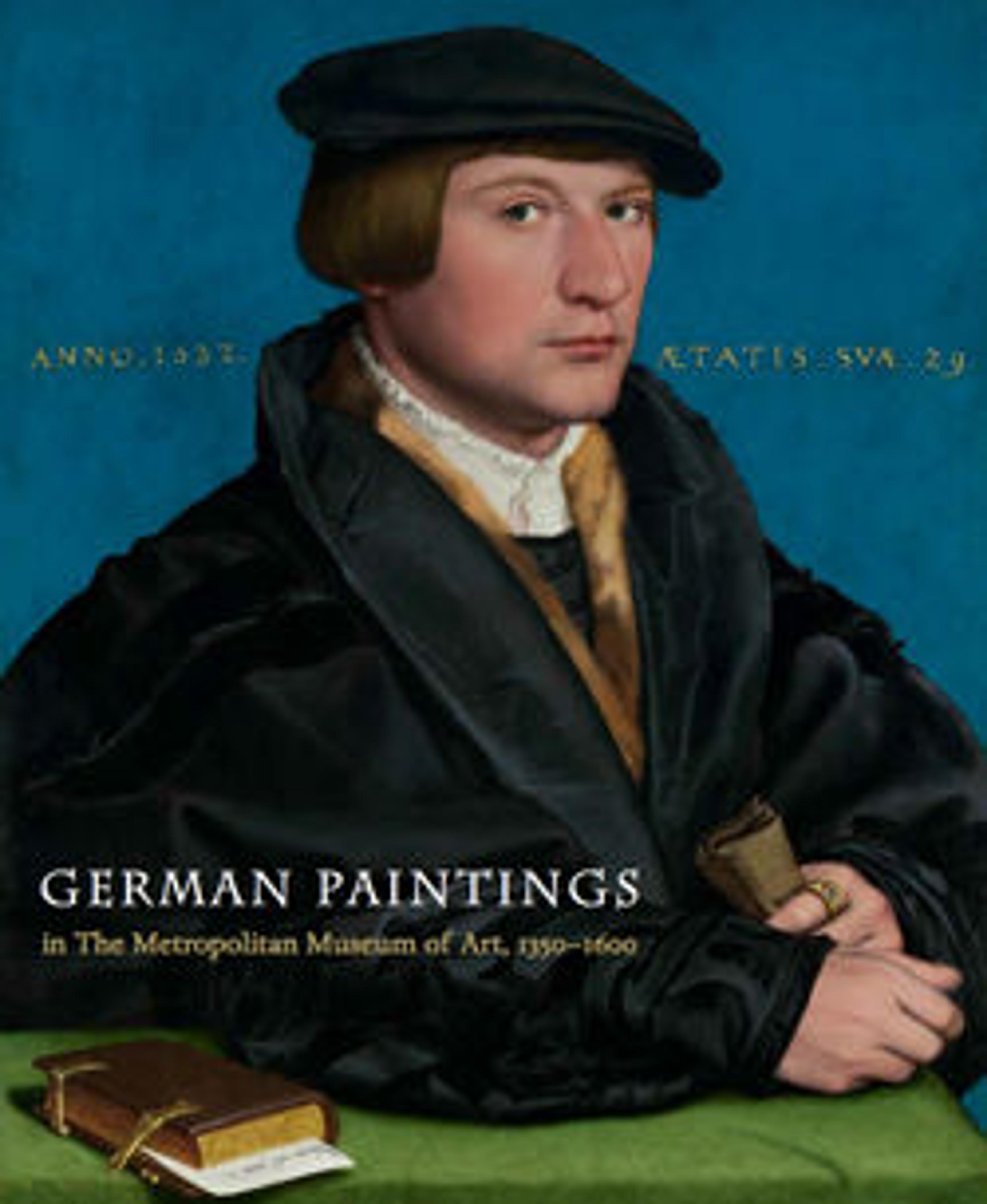Portrait of a Man
The sitters wear costumes typical of the upper-class citizenry of Cologne, whose members were Bruyn's usual patrons. The woman's exposed hair, visible in braids at either side of her face, indicates that the couple are depicted as engaged, not married, as married women of Cologne wore their hair completely covered. It is likely that the portraits were commissioned to commemorate their engagement. In the context of this work, the carnation in the woman's hand is symbolic of love, betrothal, and marriage.
Artwork Details
- Title:Portrait of a Man
- Artist:Barthel Bruyn the Elder (German, 1493–1555)
- Date:1533
- Medium:Oil on oak
- Dimensions:Overall, with arched top, 12 x 8 7/8 in. (30.5 x 22.5 cm); painted surface 11 3/4 x 8 1/8 in. (29.8 x 20.6 cm)
- Classification:Paintings
- Credit Line:Gift of James A. Moffett 2nd, 1962
- Object Number:62.267.1
- Curatorial Department: European Paintings
More Artwork
Research Resources
The Met provides unparalleled resources for research and welcomes an international community of students and scholars. The Met's Open Access API is where creators and researchers can connect to the The Met collection. Open Access data and public domain images are available for unrestricted commercial and noncommercial use without permission or fee.
To request images under copyright and other restrictions, please use this Image Request form.
Feedback
We continue to research and examine historical and cultural context for objects in The Met collection. If you have comments or questions about this object record, please contact us using the form below. The Museum looks forward to receiving your comments.
